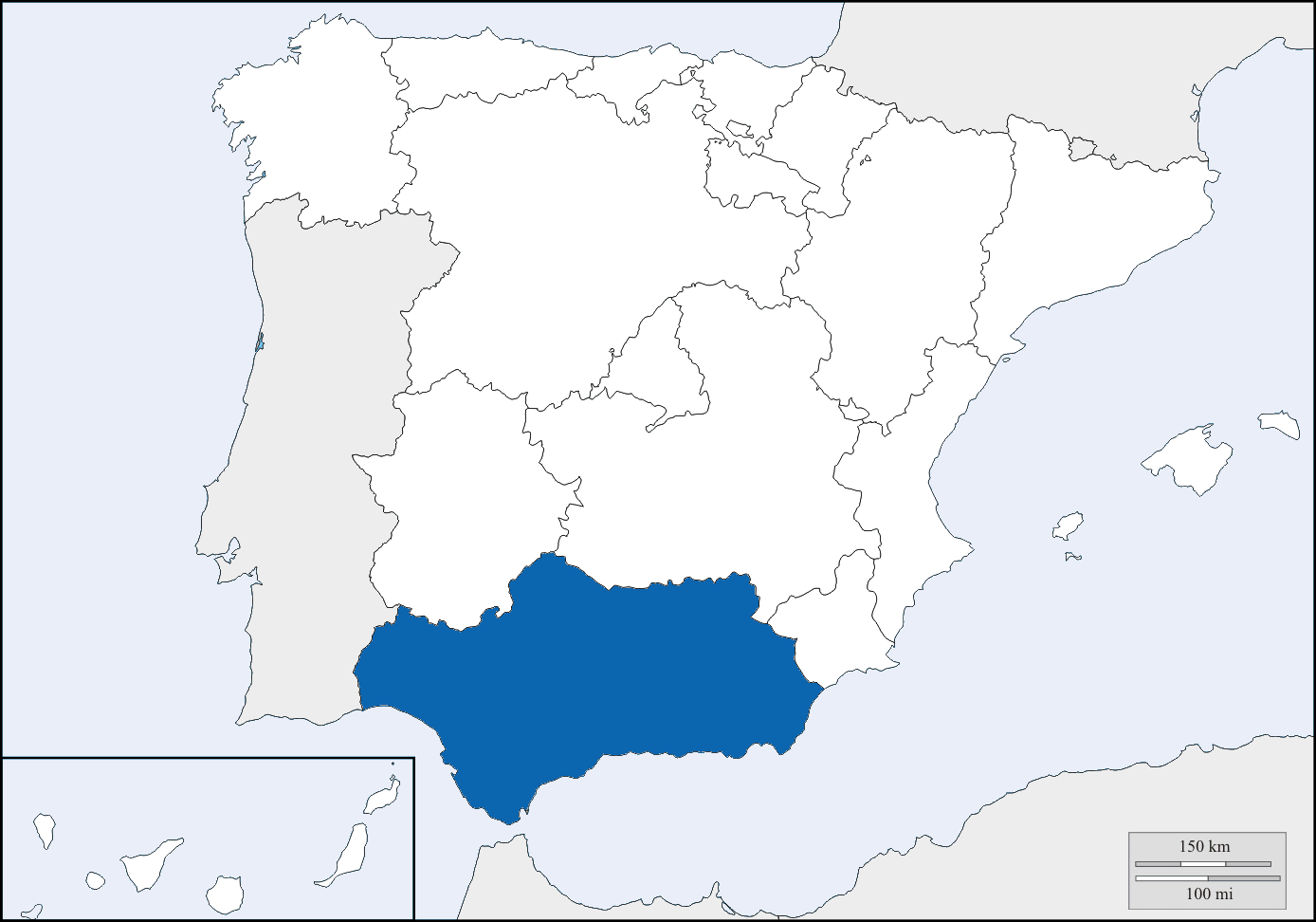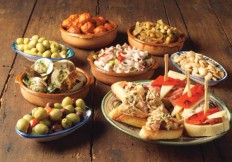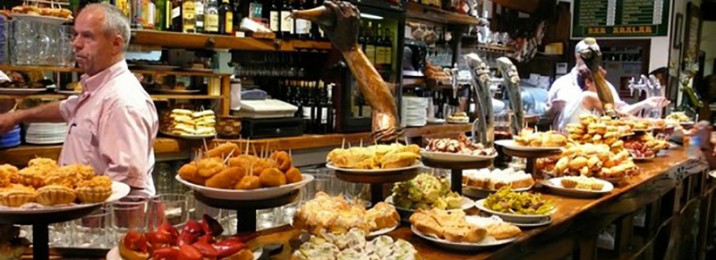What’s New in Tapas – Andalusia

Andalusia Spain
As Spain’s southernmost region, Andalusia practically borders North Africa and, in the middle ages, spent more than five hundred years under the Islamic rule of successive Moorish despots.
Nowadays, the region couldn’t be more Spanish – and they’re fiercely proud of it too. Ask any Andalusian about the origin of tapas and they’ll tell you it came from Jerez. Here, in the west of the region, the edible tapa (lid) is supposed to have been developed as a way of keeping fruit flies from getting into sherry glasses. True or false, this story demonstrates the extent to which Andalusians identify with tapas as an integral part of their culture, and its one they’re reluctant to change.
In Seville, the region’s capital, contemporary twists on typical tapas remain considerably low-key. Among the most ‘out there’ examples are the cherry gazpacho at Burldero in Gran Meliá Colón, and the egg and mushroom sponge cake at Eslava in San Lorenzo – both of which, while creative, stick to recognizably Spanish flavors. La Brunilda in the Arenal also combines traditional, local ingredients for innovative results, such as confit octopus with potato and ricotta mousse, and thick mackerel soup with orange and raisins. Likewise, while the sea urchin and scorpion fish pate at Al-Andalus in Triana might sound unusual, the ingredients aren’t, and, in any case, there’s certainly no hint of subverting tradition with their other tapas, the Iberian sirloin and aubergine with goat’s cheese.
Compared to that of some other Spanish cities, Seville’s modern tapas movement draws far less on international influences, which given the region’s culturally diverse history seems strange. Even in Córdoba, once the capital of the Islamic Caliphate, you’d be hard pressed to find a tapas bar serving anything but Spanish cuisine.

Granada Tapas
That said, there’s a hint of the Middle East in Granada, where the Andalusian Legacy Foundation is attempting to revive its Moorish past. At the Arab-inspired Om Kalsoum on Calle Jardines, for instance, tapas include falafel, tajine, and cous-cous-based snacks, all served with Spanish beers and wines. Yet just across town on Calle Elvira, the city’s most frequented bars stick to conservatively Spanish inland mainstays like cured meats, bacalao (salted cod), little sandwiches and stews, patatas bravas (potatoes in a spicy tomato sauce) and patatas a la pobre (potatoes fried with onions and green peppers).
You’ll find more seafood in Málaga (El Pimpi and La Campaña on Calle Granada both serve an excellent range of shellfish) but otherwise the situation is the same. Less traditional is La Moraga, a cosmopolitan franchise with two venues in the city and one in Marbella, as well as four more planned across Europe

Chef Dani Garcia
and even one in Naples, FL. Its menu is imaginative – with offerings like ox tail hamburger, aubergines in honey, and cherry gazpacho with cheese, basil and anchovies – but it’s still not revolutionary in flavor. Likewise, for all of the chic contemporary flair of chef Dani García, even Manzanilla on Calle Fresca sticks to the typically Spanish ingredients of chickpeas, tomatoes, fresh prawns, cured ham, and toro (bull) which they serve in a bun.
With tapas so enshrined in Andalusian culture, changes tend to be slow and conservative. When locals go out, they go out for tapas; they’ve come to expect it. And since it’s good business sense to fulfil expectations, bars all over the region serve tapas free with the purchase of drinks – and it’s the tapas they’re used to at that, made with classic regional ingredients.
The prevailing attitude among Andalusians, it seems, at least where tapas is concerned, is: ‘if something’s not broken, don’t try to fix it’ – and Andalusian tapas is in no need of repair.


No comments
You can be the first one to leave a comment.